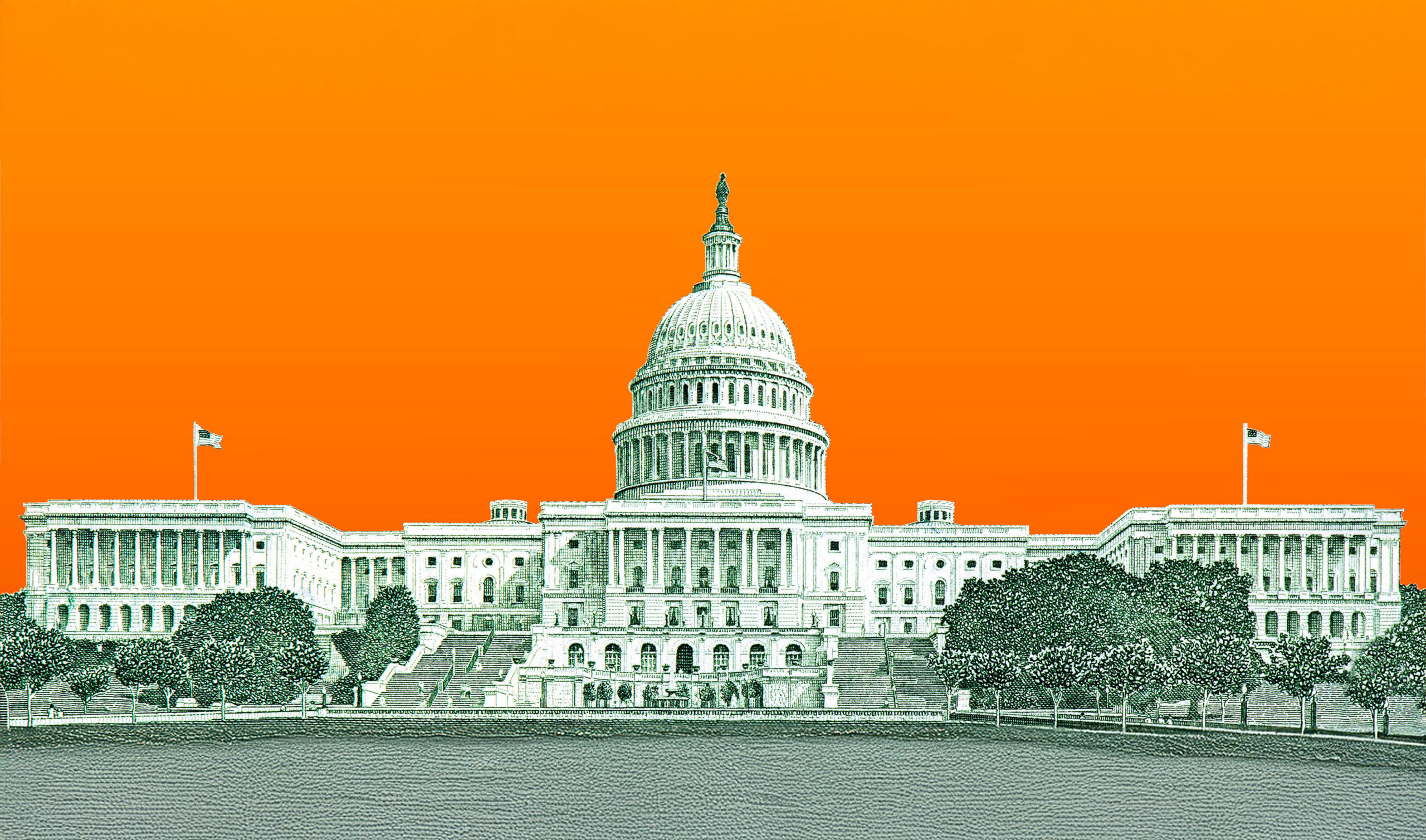When it comes to residential mortgages, setting the right loan price is about more than simply choosing a rate. Mortgage pricing is a strategic balance of market forces, borrower characteristics and economic factors. For mortgage professionals, understanding how loan prices are determined isn’t just a matter of industry knowledge — it’s the key to offering clients competitive options while safeguarding profitability.
In this blog, we’ll explore the key factors that shape mortgage loan pricing — market interest rates, risk adjustments, the role of the secondary mortgage market and more. By understanding these elements, mortgage professionals can make smarter pricing decisions, adapt to market changes and offer clients rates that truly stand out.
Factors Affecting Mortgage Loan Pricing
Market Interest Rates
Mortgage rates often follow the lead of broader financial benchmarks, especially the Federal Reserve’s interest rates and treasury bond yields. When the Fed adjusts its rates — often to control inflation or stimulate the economy — mortgage rates tend to shift in response. Higher Federal Reserve rates usually lead to higher mortgage rates, while lower rates can make borrowing more affordable. Treasury yields also play a part; as yields rise or fall, mortgage lenders adjust their rates to stay competitive and profitable.
Credit Risk
A borrower’s credit plays a major role in determining their mortgage rate. Lenders look at factors like credit score, income stability and debt-to-income ratio to assess how likely a borrower is to repay their loan. Those with strong credit histories, steady incomes and manageable debt levels generally pose less risk and are more likely to secure favorable rates. In contrast, borrowers with lower credit scores or less stable finances may see higher rates, as lenders will consider this an increased risk.
Loan Type and Term
The type of mortgage — whether fixed-rate or adjustable-rate — and its term length significantly influence pricing. Fixed-rate mortgages offer consistency over time, typically with slightly higher starting rates, while adjustable-rate mortgages (ARMs) may start with lower rates that adjust based on market conditions. Loan terms, such as 15-year versus 30-year, also affect pricing; shorter terms generally mean higher monthly payments but lower total interest costs.
Economic Conditions
Broader economic trends, such as inflation, economic growth or recession, create shifts that affect mortgage rates. For instance, during inflationary periods, lenders might raise rates to maintain profitability as the purchasing power of money declines. Similarly, economic slowdowns or recessions often prompt the Federal Reserve to lower interest rates to stimulate borrowing and spending, which in turn can lower mortgage rates. Being aware of these economic influences helps mortgage professionals anticipate rate trends and guide clients effectively.
How Lenders Adjust Pricing Based on Risk
Risk-Based Pricing
When lenders set mortgage rates, they rely on something called risk-based pricing. Simply put, this means adjusting interest rates according to the risk each borrower brings. Borrowers with strong credit and steady finances are usually offered lower rates, while those with higher risk factors may see higher rates. It’s all about finding the right balance between lending responsibly and staying profitable.
Loan-Level Pricing Adjustments (LLPAs)
Loan-level pricing adjustments are tweaks lenders make to mortgage rates based on specific risks. For instance, if a borrower has a low credit score or a small down payment, they might see a slightly higher rate to account for that added risk. These adjustments help lenders set rates that fit each borrower’s unique financial situation.
Pricing Tools and Strategies – SmartPricer
Pricing engines, like SmartPricer, offer cutting edge technology that combine in what place up to the minute market pricing, investor rates, borrower details, and important risk factors important for consideration to provide lenders the best alternatives in a competitive pricing market.
Ready To Take Your Mortgage Pricing to the Next Level? Request a SmartPricer Demo
Discover how SmartPricer can streamline your mortgage pricing with powerful tools that are easy to use and tailored for independent mortgage firms. With features that take the guesswork out of rate-setting and keep you ahead of market trends, SmartPricer makes it simple to stay competitive. See how our technology can make a difference in your day-to-day operations — request a demo today and experience smarter, faster mortgage pricing.



